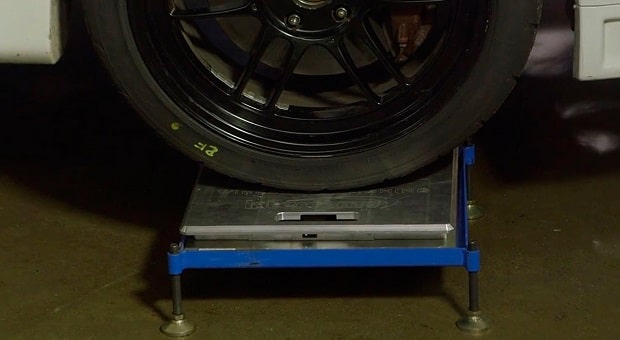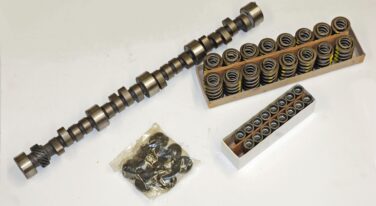
Understanding How Weight Distribution Affects Your Race Car
Click Here to Begin Slideshow
Image by Mike Aguilar
Improper weight distribution in your race car - strip burner, autocrosser, circle tracker, etc. - can make your car dive like a dump truck or a block of wood on ice. Get it right and your car launches down the corner, hits that hard hairpin just right and holds the corner at full throttle. We’re going to take a quick look at what several sanctioning bodies say about weight and how it is to be distributed throughout the car. We’ll then talk about static weight distribution and cross-weight percentage and how they affect how your race car handles.
Image by Mike Aguilar
Improper weight distribution in your race car - strip burner, autocrosser, circle tracker, etc. - can make your car dive like a dump truck or a block of wood on ice. Get it right and your car launches down the corner, hits that hard hairpin just right and holds the corner at full throttle. We’re going to take a quick look at what several sanctioning bodies say about weight and how it is to be distributed throughout the car. We’ll then talk about static weight distribution and cross-weight percentage and how they affect how your race car handles.



![[Gallery] Okolona Street Rods Kentuckiana V Foundation Car Show](https://www.racingjunk.com/news/wp-content/uploads/2022/04/IMG_0774-e1650040587750-376x206.jpg)
![[Gallery] Road Rats Car Show](https://www.racingjunk.com/news/wp-content/uploads/2022/05/2A-e1651770667920-376x206.jpg)

Leave a Reply